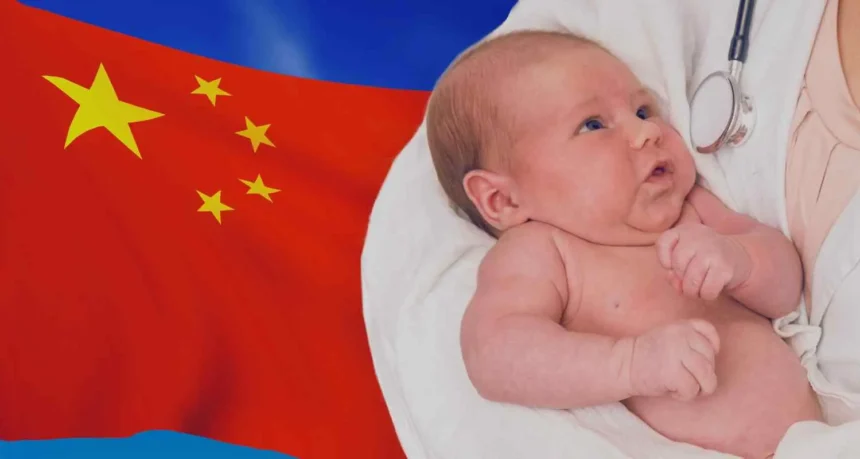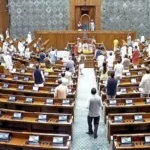The National Health Commission described it as a “significant policy for public welfare,” stating that direct financial assistance would help reduce the burden of raising children and promote family growth.
China has launched a nationwide childcare subsidy of 3,600 yuan (approximately $500) per year for each child under the age of three, beginning this year. The initiative is part of the government’s broader strategy to combat the country’s falling birth rate and shrinking population.
According to state news agency Xinhua, the policy—announced on Monday—will provide full subsidies for children born in or after 2025, while those born earlier will receive partial support. The measure is expected to benefit over 20 million families across the country.
The National Health Commission described the subsidy as a “significant national livelihood policy,” stating that direct financial aid will reduce the burden of child-rearing and promote family growth. Over the past two years, several provinces have already begun offering childcare subsidies, with amounts ranging widely—from 1,000 yuan per child to as much as 100,000 yuan, including housing benefits.
The new national childcare subsidy will be funded by the central government rather than local authorities, according to state media outlet Xinhua. More details are expected to be released on Wednesday.
Zichun Huang, China Economist at Capital Economics, noted that the subsidy amounts are too small to significantly impact the birth rate or household consumption in the near term. Many demographers and economists share this skepticism, arguing that the financial support is unlikely to sway young Chinese adults who are deterred by high childcare and education costs, job insecurity, and a slowing economy.
China’s population has been declining for the third consecutive year in 2024, a trend largely attributed to decades of low birth rates influenced by the one-child policy (in place from 1980 to 2015) and rapid urbanization.
In recent years, local governments have rolled out various incentives—ranging from 1,000 yuan to as much as 100,000 yuan per child, including housing assistance. The new program, however, represents a shift in approach, with the central government now assuming financial responsibility.
While the subsidy is unlikely to be a demographic game-changer, economists view it as a signal of stronger household support from Beijing. According to Citi Research, total payouts from the program could reach 117 billion yuan in the second half of 2025. The firm described it as more effective as an economic stimulus than as a solution to the country’s demographic challenges.
Key Features of the Policy:
-
Eligibility: Applies to first, second, or third children born on or after January 1, 2025.
-
Partial Support: Children born before this date but still under age three will receive a prorated benefit.
-
Maximum Benefit: Up to 10,800 yuan per child over three years.
-
Coverage: Expected to assist over 20 million families with children under three each year.
-
Tax Exemption: The subsidy is exempt from individual income tax and will not count toward income when assessing eligibility for other social welfare programs, such as minimum living allowances.







